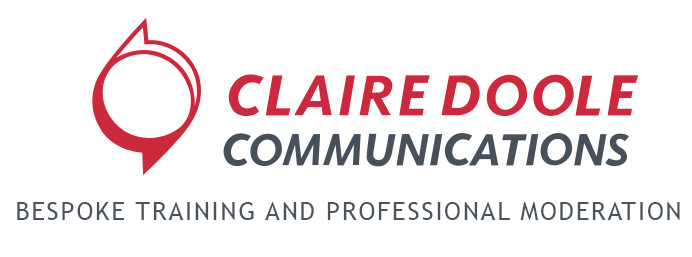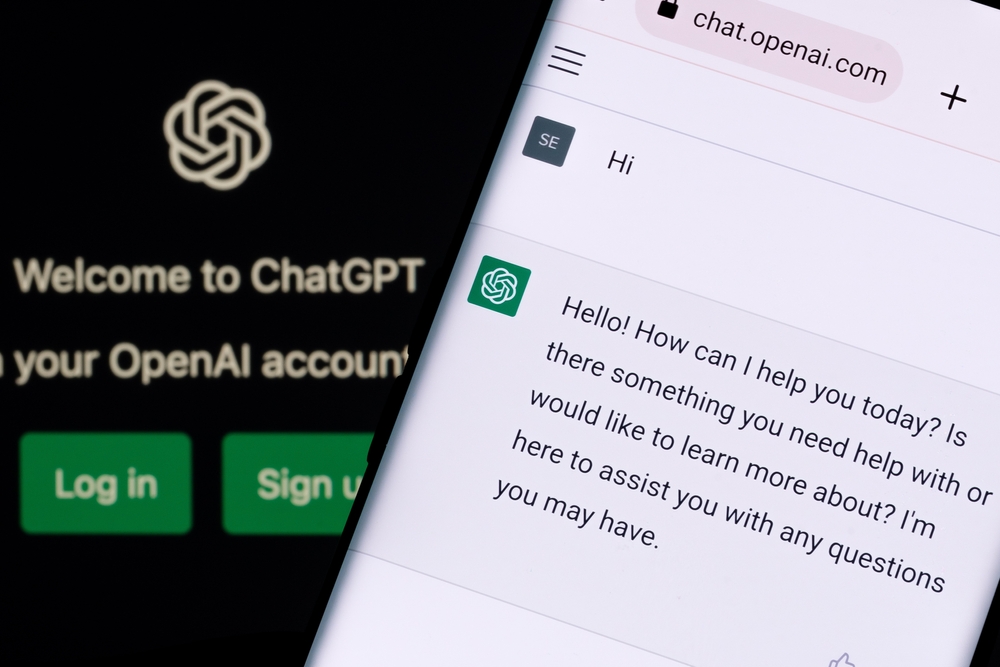Last month I ran a communications workshop for a regular client on a remote German island in the Baltic Sea for environmentalists from Eastern Europe and Central Asia.
For many years I have taught them the art of drafting a press release – a useful skill for simple, clear and concise writing in general.
This year though a participant sprang a surprise. He and his group decided to ask ChatGPT to write the press release. Have a look here and see how they went about it.
The results of the press release experiment
You can see he asked the right questions in terms of newsworthy content and style – simple with a conversational tone for the quotes. The headline is good but the opening paragraph should start with the name of the NGO and is too wordy. In general, the text needed sharpening, the quotes were too lengthy and the inclusion of a list of points made it read more like a report than a press release. A release should flow smoothly and ideally not exceed 500 to 750 words.
What does this tell us about using ChatGPT for press releases?
You have to know which questions to ask, keep asking Chat GPT to refine the text and even then, you still need some human intervention (at least for now) whether editing or writing new material. Bullet points for example are an inappropriate format.
You also have to double-check the content because ChatGPT is known to be only 75 percent correct. Imagine sending out a press release in which 25 percent of it was factually inaccurate – not good for your brand!
Uses in PR
PR professionals tell me that “it is no longer a curiosity, but a tool they use regularly.”
They use it not only for writing press releases writing but also for social media posts, tweets (or is that X’s?), pitches, and fundraising text. It can even generate emojis.
If you are subscribed to a media distribution platform like Meltwater, you will find that they have created a plug-in to ChatGPT. Although they are oddly coy about this and prefer to call it a PR assistant who helps you craft the perfect pitch or press release!

Testing the waters
I tested this out with a friend who is a Director of Communications. We gave it messages on skills shortages and mismatches in global labour markets. We told it the length and selected one from four tone options – professional, concise, persuasive and enthusiastic. We went with persuasive.
Within seconds it came up with a press release that met the 75 percent accuracy rule but contained factual errors and irrelevant information. But the biggest issue was its inability to generate a hard enough news angle – a systematic problem I am told.
Lessons for ChatGPT generated press releases
• Understand what you are looking for i.e., the format and elements of
a press release
• Be prepared to ask more questions to get the output you require
• Provide as much information and as specific commands as possible
• Recognise that Chat GPT’s version is only a first draft. You will
have to sharpen the news angle and remove redundant words and
sentences.
Finally, I have two questions for you:
1. Am I out of a job as a media writer trainer?
2. Do you think this blog was solely written by me or with the help of ChatGPT?!

